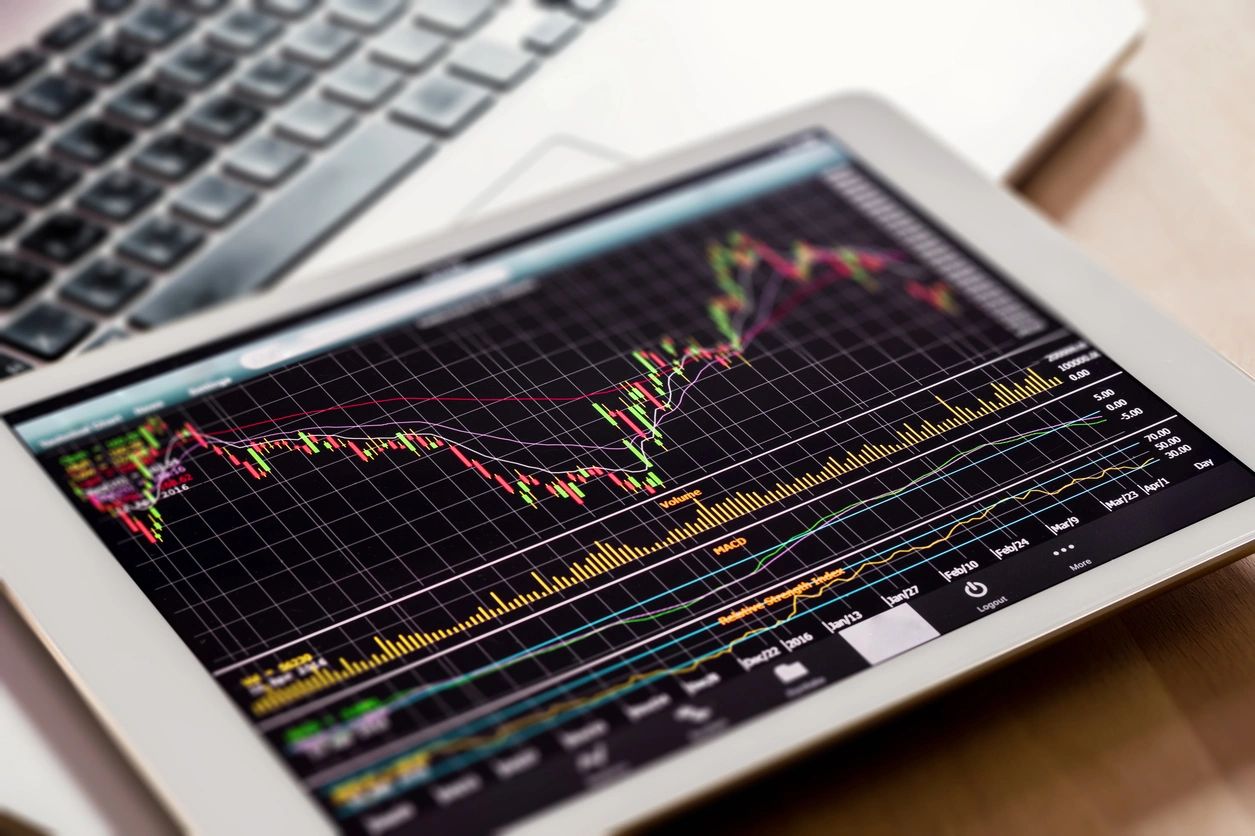The economy is a complex and ever-changing system, subject to various factors that can influence its trajectory. As we enter 2023, there is growing concern and speculation about the possibility of the United States entering a recession. While no one can predict the future with absolute certainty, it’s essential to examine the current economic landscape and the potential indicators that suggest a recession may be on the horizon.
Understanding Recession
Before delving into the specifics of the U.S. economy in 2023, let’s first clarify what a recession entails. A recession is generally defined as a significant decline in economic activity, often characterized by a drop in GDP (Gross Domestic Product), rising unemployment rates, reduced consumer spending, and a decrease in business investments. Recession can result from various factors, including external shocks, financial crises, and changes in consumer behavior.
Indicators and Concerns
- Inflation: One of the most prominent concerns leading to discussions of a recession in 2023 is rising inflation. Inflation measures the increase in the prices of goods and services over time. If inflation becomes too high, it can erode purchasing power and reduce consumer spending, potentially leading to a recession.
- Supply Chain Disruptions: The COVID-19 pandemic exposed vulnerabilities in global supply chains. In 2023, continued disruptions in the supply chain can hamper the production and distribution of goods, affecting businesses’ ability to operate efficiently.
- Interest Rates: The Federal Reserve plays a crucial role in influencing the economy through monetary policy. If the Fed raises interest rates to combat inflation, it can lead to reduced borrowing and spending by consumers and businesses, which could contribute to a recession.
- Consumer Confidence: Consumer sentiment can have a significant impact on economic activity. If consumers become pessimistic about the economy’s future, they may reduce their spending, which can further exacerbate economic downturns.
- Global Factors: The global economy is interconnected, and events abroad can impact the U.S. economy. Trade tensions, geopolitical conflicts, and global economic slowdowns can spill over into the United States.
Government Response
To address the potential threat of a recession in 2023, the U.S. government and Federal Reserve have several tools at their disposal:
- Monetary Policy: The Federal Reserve can adjust interest rates and implement quantitative easing to stimulate economic activity or combat inflation.
- Fiscal Policy: The government can enact stimulus measures, infrastructure spending, or tax cuts to boost economic growth and employment.
- Regulatory Measures: Regulatory changes can be implemented to address specific issues, such as supply chain disruptions or market distortions.
Conclusion
While the possibility of the United States entering a recession in 2023 is a topic of concern, it’s important to remember that economic forecasting is inherently uncertain. The path of the economy can be influenced by a multitude of factors, and even experts can’t predict the future with absolute certainty.
What’s crucial during times of economic uncertainty is for policymakers, businesses, and individuals to remain vigilant, adaptive, and prepared to respond to changing circumstances. By monitoring key economic indicators, staying informed about government actions, and making informed financial decisions, we can collectively navigate the challenges that lie ahead and work toward a more stable and resilient economic future.


